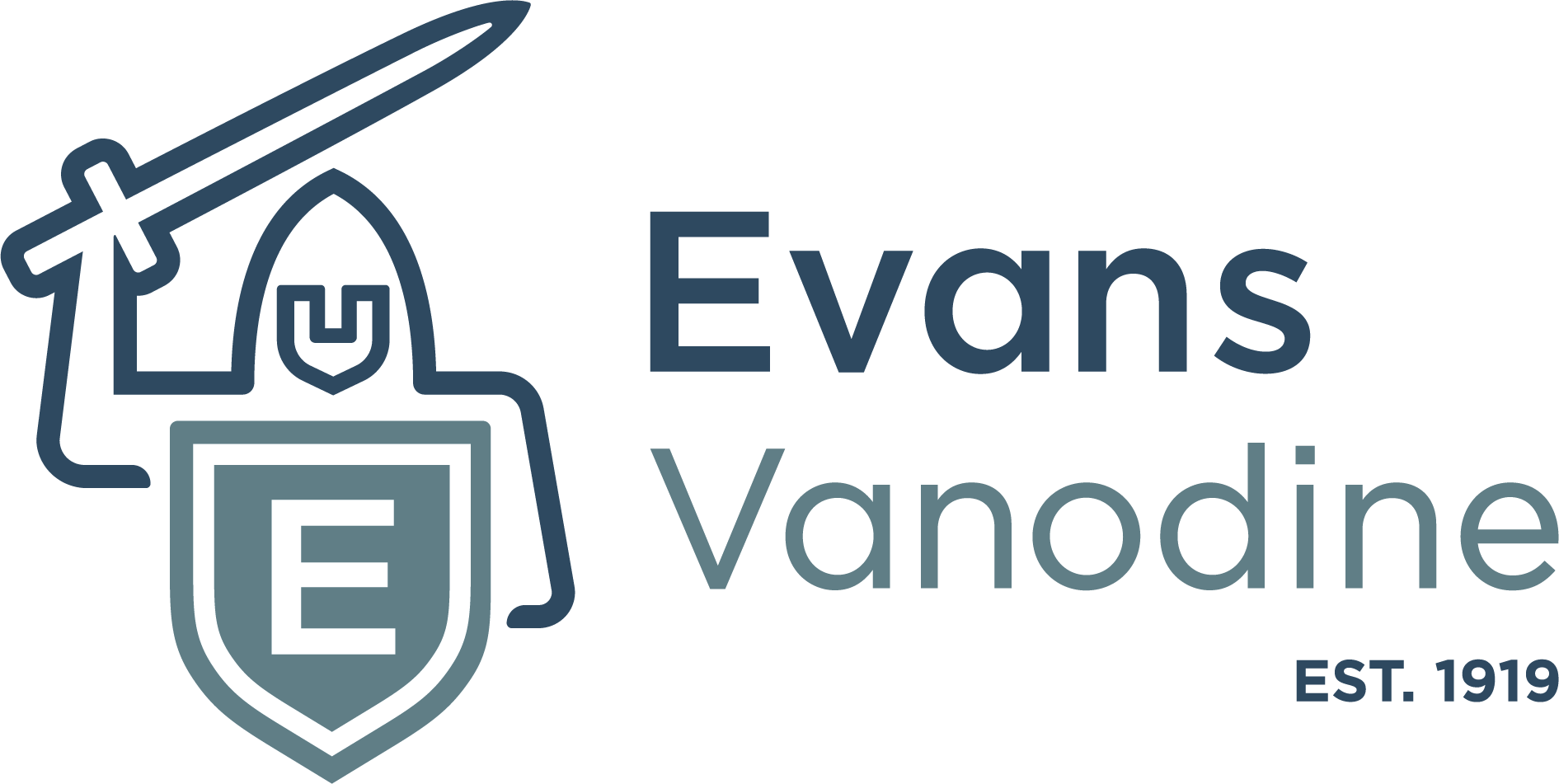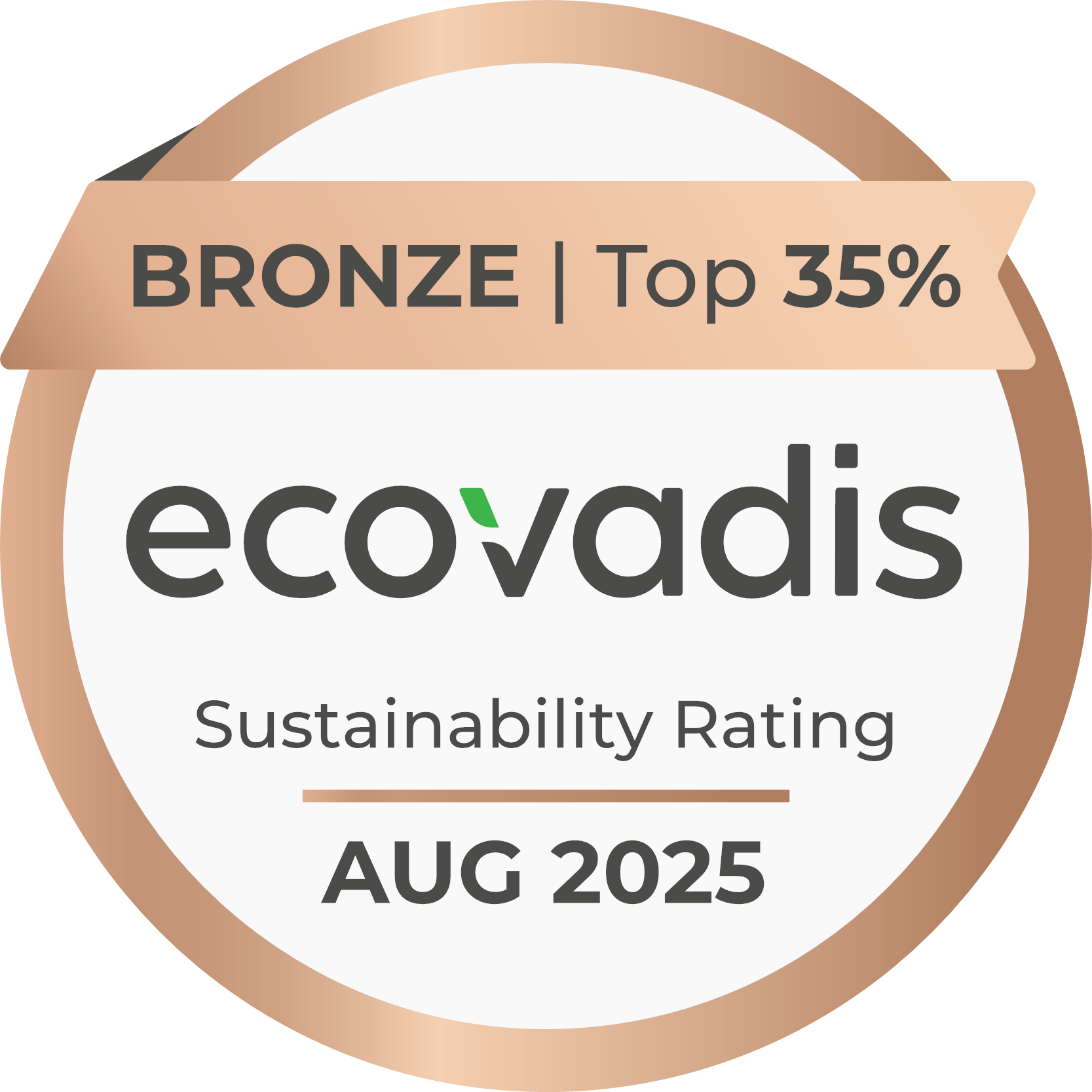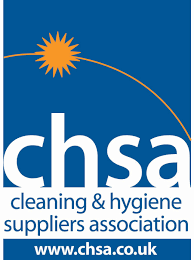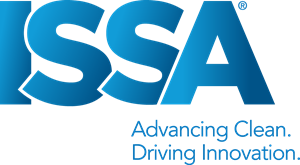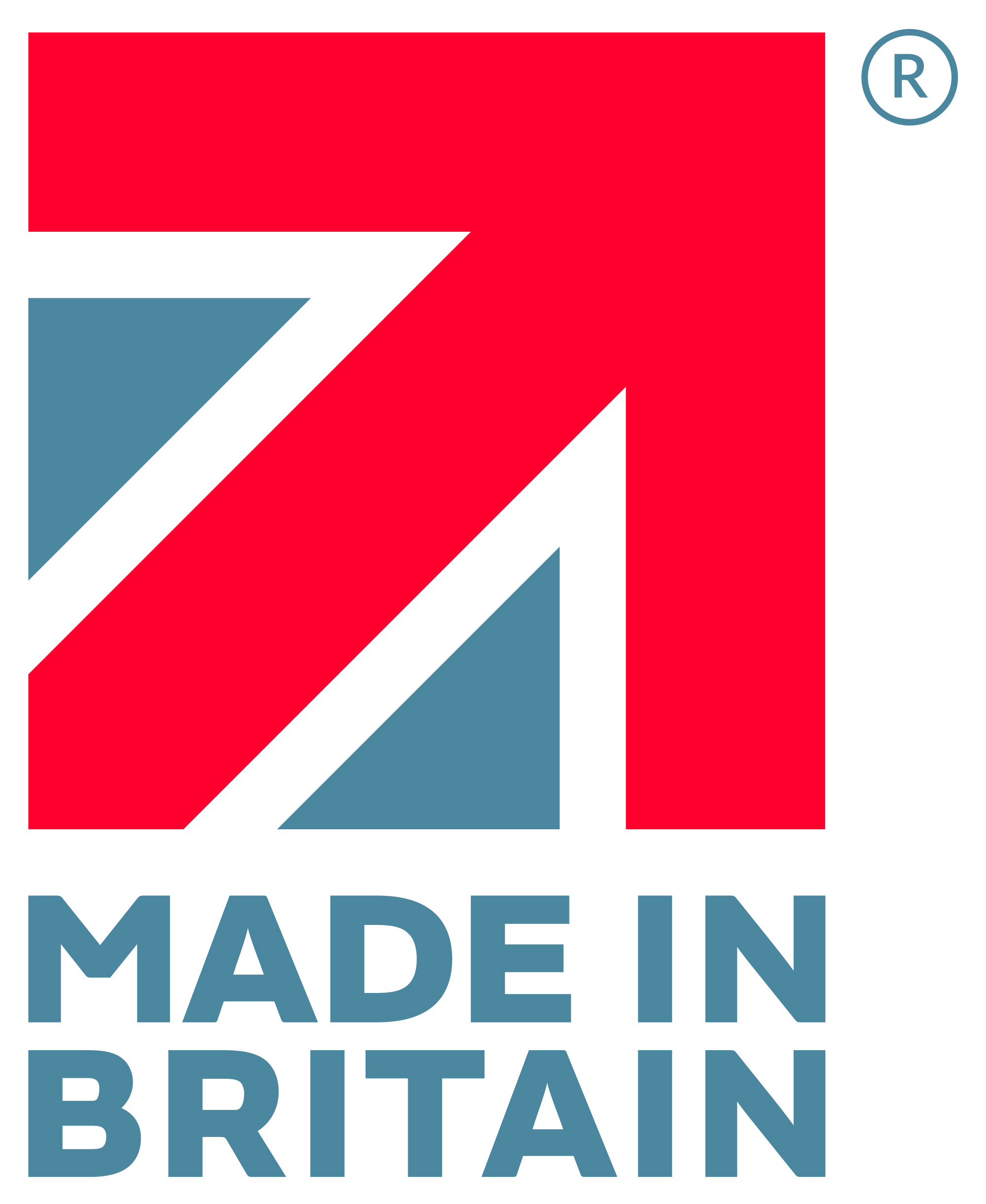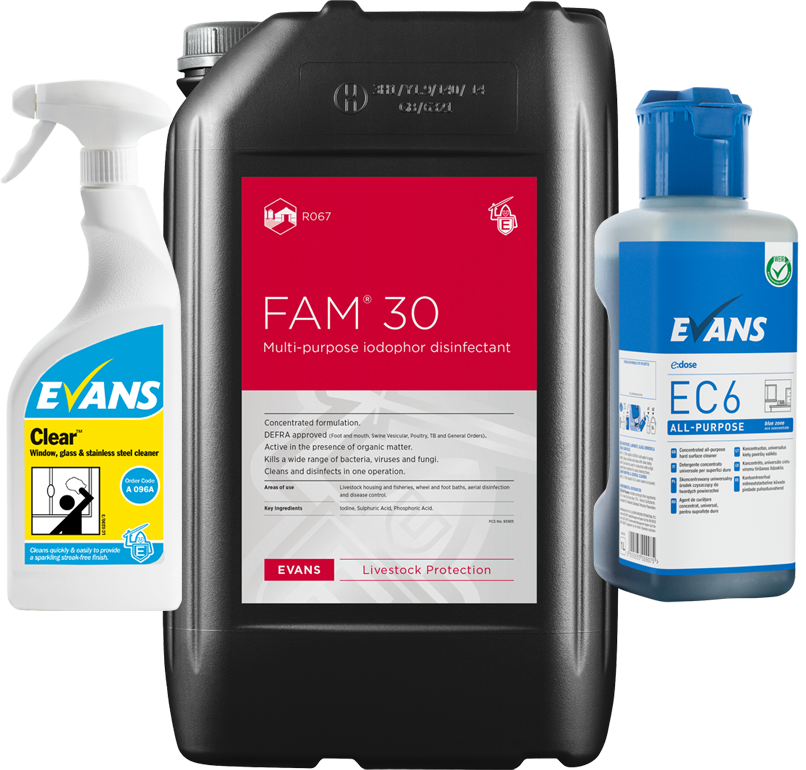3 September 2015
What do users of chemicals need to know about the new CLP Regulation?
From 1st June 2015 all chemical products will be labelled under the Globally Harmonised System of Classification and Labelling of Chemicals (GHS). It is implemented in the EU via the Classification, Labelling and Packaging regulation (CLP), where previously chemical products were regulated in the UK under CHIP. GHS has been created to standardise how the hazardous properties of chemicals are classified across United Nations territories.
The main changes will be the introduction of red diamond shaped Hazard Pictograms to replace the orange square Hazard Symbols and ‘Indication of Danger’ words Toxic, Corrosive, Irritant etc will be replaced by two new ‘Signal Words’ - ‘DANGER’ and ‘WARNING’.
As before, a system of calculations and thresholds is used to classify products. However, some of the threshold levels under CLP are lower than under CHIP. For example under the CHIP system a product would need to contain more than 20% of an ingredient classified as R36 (Irritating to eyes) to trigger an ‘Irritant’ hazard symbol but under CLP this is reduced to 10%. This will result in many products being classified where previously they were not. This does not signify the product as more hazardous, since it is the same chemical composition; it is just a consequence of compliance with the new classification system. In our estimation, many previously non-classified products will now include a Hazard Pictogram on the label and corresponding Safety Data Sheet.
There are concerns about how end users will react to seeing Hazard Pictograms on products where previously there were none. It is therefore going to be very important that users are educated to understand the new Pictograms and Statements and how these affect the assessment and subsequent use of Personal Protective Equipment (PPE) if required.
For a more detailed explanation of CLP please read our in-depth article here
